Oily, dry or normal? How to decode your skin type for better skincare results, according to dermatologists
Understanding your skin type is the first step to building a routine that works. Here’s how to decode your skin’s signals for a healthy and youthful looking you.
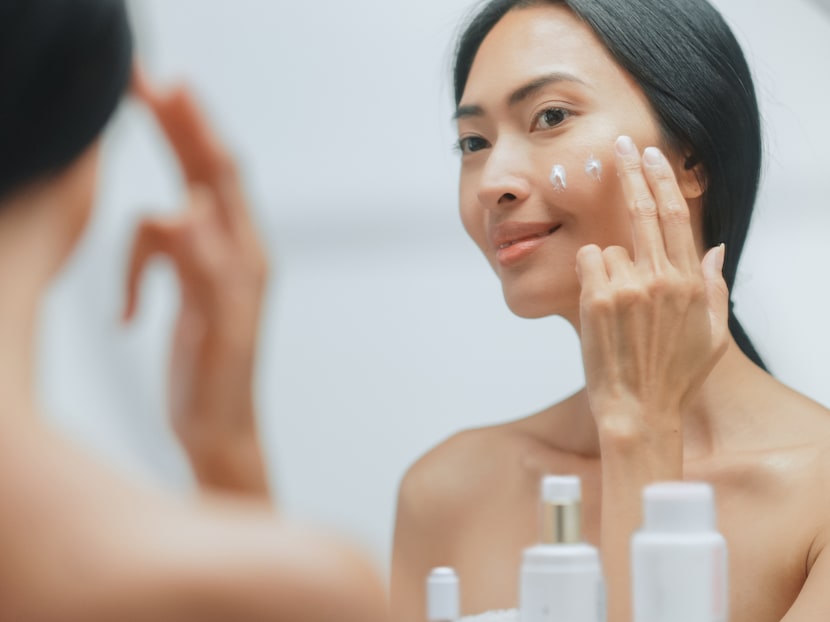
Do you know your skin type? (Photo: iStock)

This audio is generated by an AI tool.
It’s no secret that a diligent skincare routine is important for healthy skin. And for this, understanding your skin type is key – it might even be as important as knowing your MBTI personality type.
“Knowing your skin type is the first step in helping to optimise your skincare routine,” said Dr Stephanie Ho, dermatologist and medical director, Stephanie Ho Dermatology.
“When you understand how your skin behaves, you can avoid overloading it with unnecessary products, reduce irritation and target your specific concerns more effectively,” explained Dr Kelvin Chua, aesthetic doctor and medical director, SL Aesthetic Clinic.
It can also help prevent skin issues. Oil-based products on oily skin can worsen acne while improper use of BHAs and AHAs on sensitive skin can cause an irritant contact dermatitis or worsen eczema, added Dr Ho.
WHAT DETERMINES YOUR SKIN TYPE?
For skin types, it’s often divided into the following categories – Normal, Oily, Dry, Combination and Sensitive.
And genetics is the largest determinant factor when it comes to skin type, said Dr Chua.
“You’re born with a predisposition towards a certain skin type (normal, oily or dry),” added Dr Ho.
But besides genetics, factors like the environment, age, hormones and lifestyle can also impact the skin.
Hormonal changes during puberty, menstruation, pregnancy and menopause can affect oil production and sensitivity, climate, pollution and sun exposure can affect the skin’s barrier, diet, stress as well as smoking and alcohol consumption can cause early onset of skin ageing, explained Dr Ho.
3 EASY WAYS TO DISCOVER YOUR SKIN TYPE
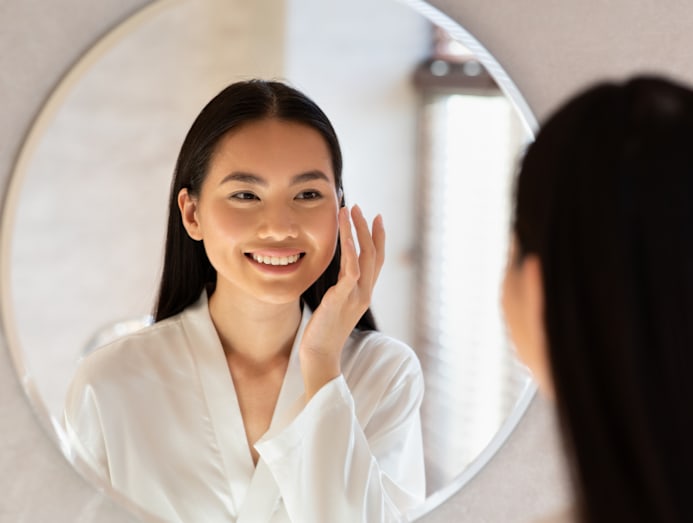
1. THE BARE-FACE METHOD
Step 1: Cleanse your face and pat skin dry with a soft towel.
Step 2: Wait 30 minutes to an hour without applying any products to your skin.
Step 3: Observe how your skin looks and feels. If it’s shiny, skin is oily. If skin feels tight, it is dry. If you notice redness or experience discomfort, even without product application, then skin could be sensitive.
2. THE BLOTTING SHEET METHOD
Step 1: Follow steps 1 and 2 of the bare-faced method.
Step 2: Gently press a blotting paper or a thin piece of tissue onto the different areas of the face – forehead, nose, cheeks and chin.
Step 3: Hold the blotting paper up to the light. If it shows significant oil absorption from all areas of the face, then skin is oily. Skin is dry if there’s little to no oil. And if there is oil from the T-zone area but little to no oil from the cheeks, it’s combination skin.
3. THE BAUMANN SKIN TYPE INDICATOR (BSTI)
Akin to MBTI for your skin, this identifies four key skin attributes – Dry (D) or Oily (O), Sensitive (S) or Resistant (R), Pigmented (P) or Non-Pigmented (N) and Wrinkle-prone (W) or Tight (T), through an online questionnaire, and then categorises skin into 16 distinct skin types.
As each Baumann Skin Type is associated with different dermatologic problems, it helps dictate the appropriate preventive measures and treatment options you can undertake, explained Dr Ho.
Some common skin types under BSTI include DRPW (dry, resistant, pigmented, wrinkles) that tend to have a history of sun exposure, fine lines and wrinkles, and OSNT (oily, sensitive, non-pigmented, tight) which is more likely to experience acne breakouts due to its oily and sensitive nature. In addition, OSPW (oily, sensitive, pigmented, wrinkles) has components that represent many Asian skin characteristics, such as being susceptible to acne, hyperpigmentation as well as post-inflammation hyperpigmentation (the dark spots you get post-acne) and signs of ageing due to sun exposure.
However, as skin typing and condition can change with age, Dr Chua shared that it’s good practise to re-check your skin type periodically, such as late 20s where stress levels start increasing and 40s when skin’s natural oil production begins to decline, or generally when skin starts behaving differently.
DIFFERENT SKIN TYPES HAVE DIFFERENT NEEDS
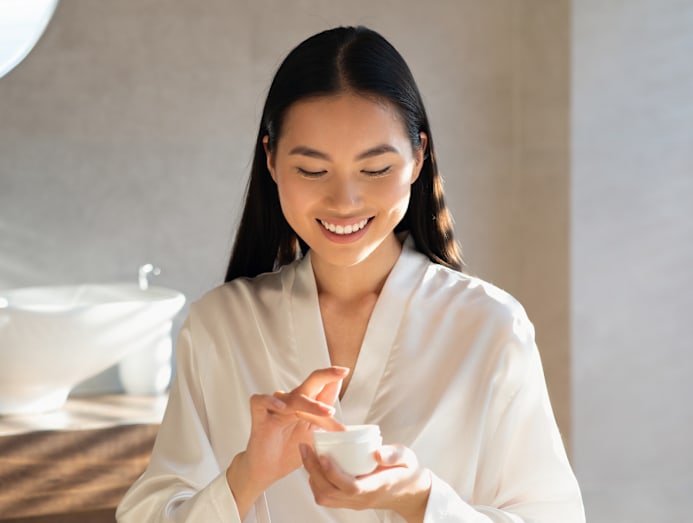
1. OILY SKIN
Characteristics: A shiny appearance, especially along the T-zone area (forehead, nose, cheeks and chin), with enlarged and visible pores. Skin is prone to blackheads, whiteheads and acne.
Focus on: Oil-free, non-comedogenic (this means it won’t clog pores), lightweight and mattifying formulas.
Look for: Salicylic acid to unclog pores and reduce breakouts, niacinamide to regulate sebum production, reduce inflammation and improve barrier function.
Try: Paula’s Choice 2% BHA Exfoliating Pads, S$23 (box of 10 pads).
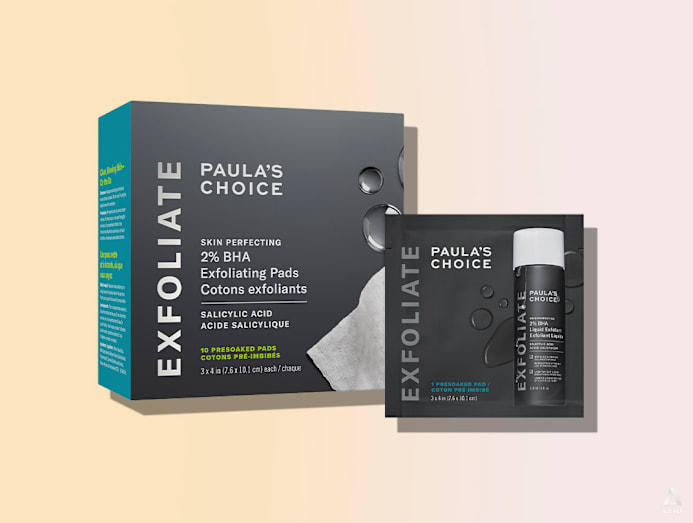
For a fuss-free, mess-free application, these pre-soaked pads are infused with salicylic acid to gently slough off dead skin cells and grime, alongside antioxidant-rich green tea extract to soothe the skin.
Available at Sephora stores and Sephora.sg.
2. DRY SKIN
Characteristics: Skin feels tight, especially after cleansing, may appear dull, rough or flaky and show fine lines and wrinkles more prominently due to a lack of moisture. It is also predisposed to redness, itching and irritation.
Focus on: Hydrating and barrier-supporting products.
Look for: Hyaluronic acid for intense hydration, ceramides to strengthen skin barrier, squalane to seal in moisture, and urea to bind water in the skin and also gently exfoliate dry, flaky patches.
Try: Bio-essence Bio-Water 9X Nano Ceramide Barrier Moisture Serum, S$25.90.
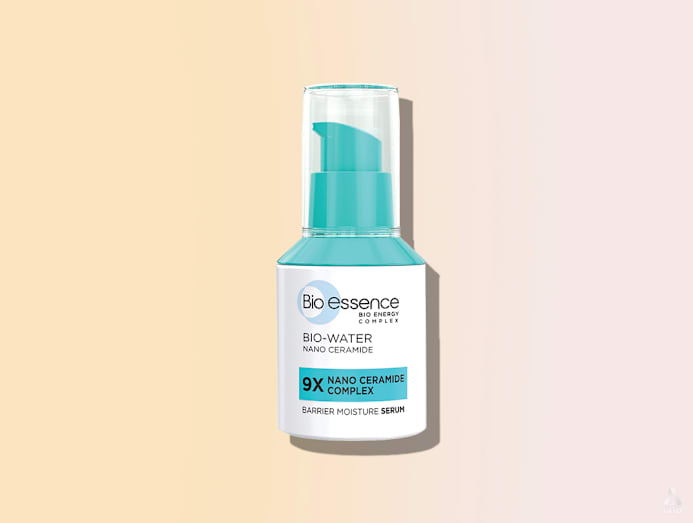
Despite its lightweight texture, it promises to strengthen the skin’s barrier by nine times thanks to its advanced 9X nano ceramide complex. It provides instant hydration, reduces skin discomfort and leaves skin deeply nourished.
Available at Watsons and Guardian stores.
3. COMBINATION SKIN
Characteristics: Oily along the T-zone, which can lead to breakouts, but feels normal to dry at the cheeks.
Focus on: Consider using different products for the different areas – lightweight hydrators for the T-zone area and richer options for dry cheeks.
Look for: Niacinamide to balance oil production and support the skin barrier, hyaluronic acid to hydrate without oiliness, and PHA or BHA for gentle exfoliation and to prevent breakouts.
Try: Cetaphil Gentle Exfoliating SA Lotion, S$22.90.
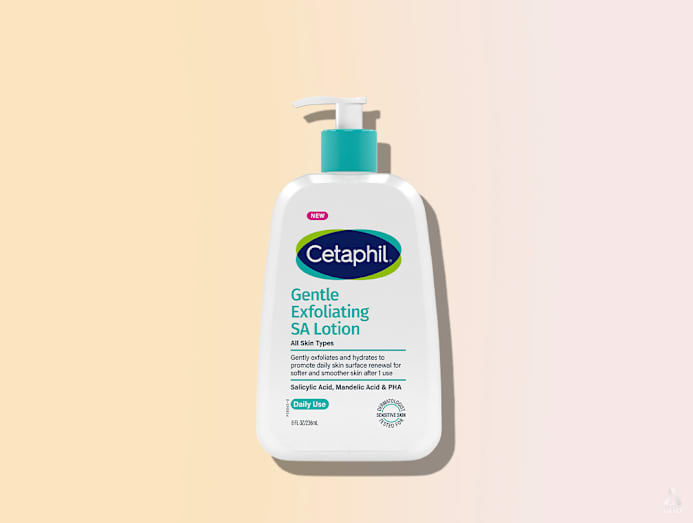
Its triple acid blend – AHA (mandelic acid), BHA (salicylic acid) and PHA (gluconolactone), keeps skin soft and smooth while the use of glycerin, niacinamide and panthenol nourish and strengthen skin’s barrier to keep the nasties out. Also suitable for sensitive skins.
Available at Watsons and Guardian stores.
4. NORMAL SKIN
Characteristics: Skin is well-balanced – neither too oily nor too dry, with a smooth texture.
Focus on: Maintain balance with gentle cleansers, lightweight hydrating serums and moisturisers.
Look for: Antioxidants like vitamins C and E to protect against environmental damage, hyaluronic acid for lightweight hydration and peptides to help with skin repair and support collagen and elastin production.
Try: The Ordinary Multi-Antioxidant Radiance Serum, S$27
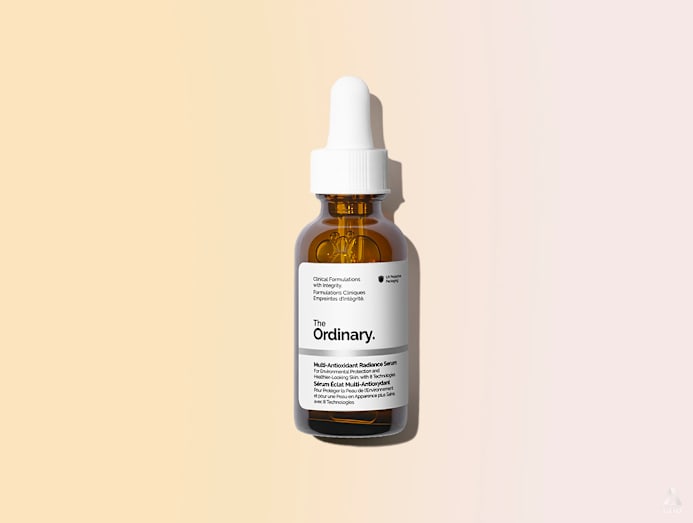
A hardworking serum that uses multiple antioxidants, like ascorbyl glucoside (a stabilised form of vitamin C), ginseng and turmeric extracts, to protect against environmental damage and keep early signs of skin ageing at bay.
Available at Sephora stores and Sephora.sg.
5. SENSITIVE SKIN
Characteristics: Skin is easily flushed and may experience itching, burning or stinging. It also reacts easily to certain active ingredients, fragrances, environmental stressors and stress.
“Sensitive skin isn’t mutually exclusive; you can have dry and sensitive skin or oily and sensitive skin,” shared Dr Ho. This adds another layer of complexity for skincare as you need to address both skin type and skin sensitivity.
And as sensitive skin often means a weakened barrier, it is also more susceptible to conditions like eczema and rosacea, said Dr Chua. It’s why it requires TLC as it’s easily triggered and prone to flare-ups.
Focus on: Gentle, fragrance- and alcohol-free, and barrier-repairing products.
Look for: Ceramides to strengthen the skin barrier, centella asiatica extract to reduce redness, oatmeal extract to soothe and relieve itching, and allantoin to heal.
Try: Uriage Cica Daily Repairing Cream Concentrate, S$45.90

An intensely hydrating, soothing and unscented cream that’s enriched with centella asiatica, ceramides, hyaluronic acid, vitamin B5 as well as a prebiotic complex to repair and protect the skin while rebalancing the skin’s microbiome for a healthier complexion.
Available at Watsons and Guardian stores.






